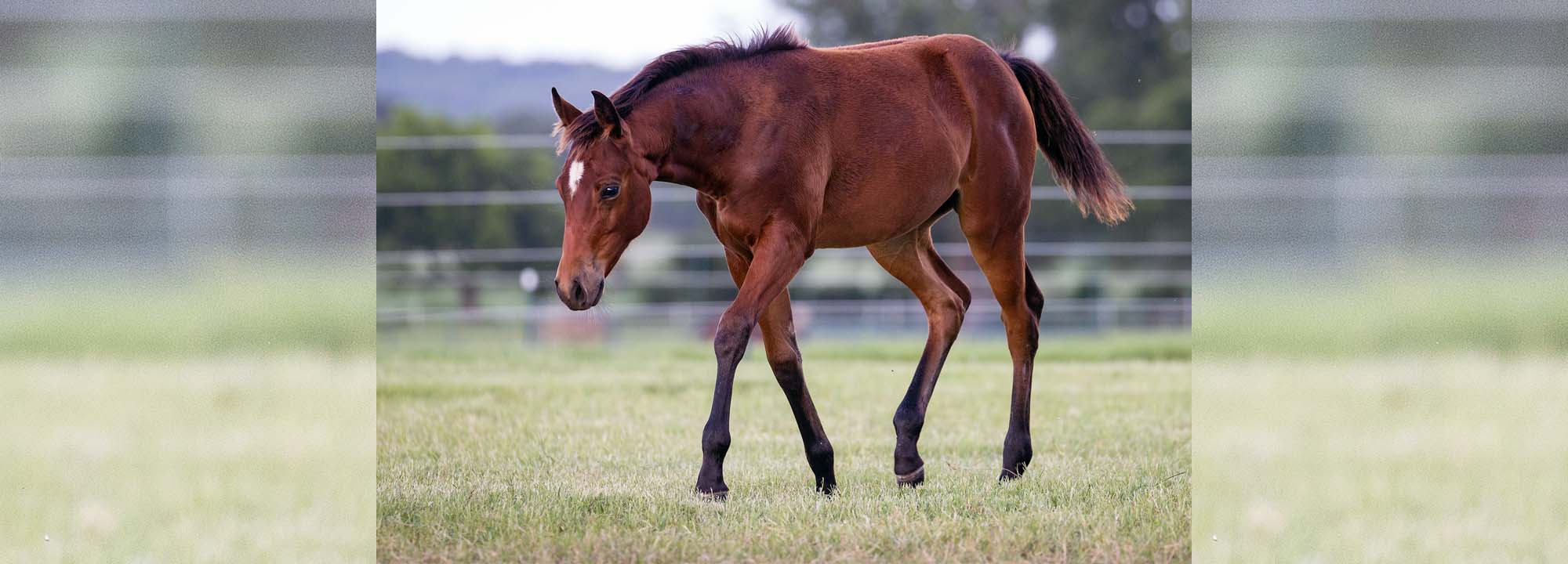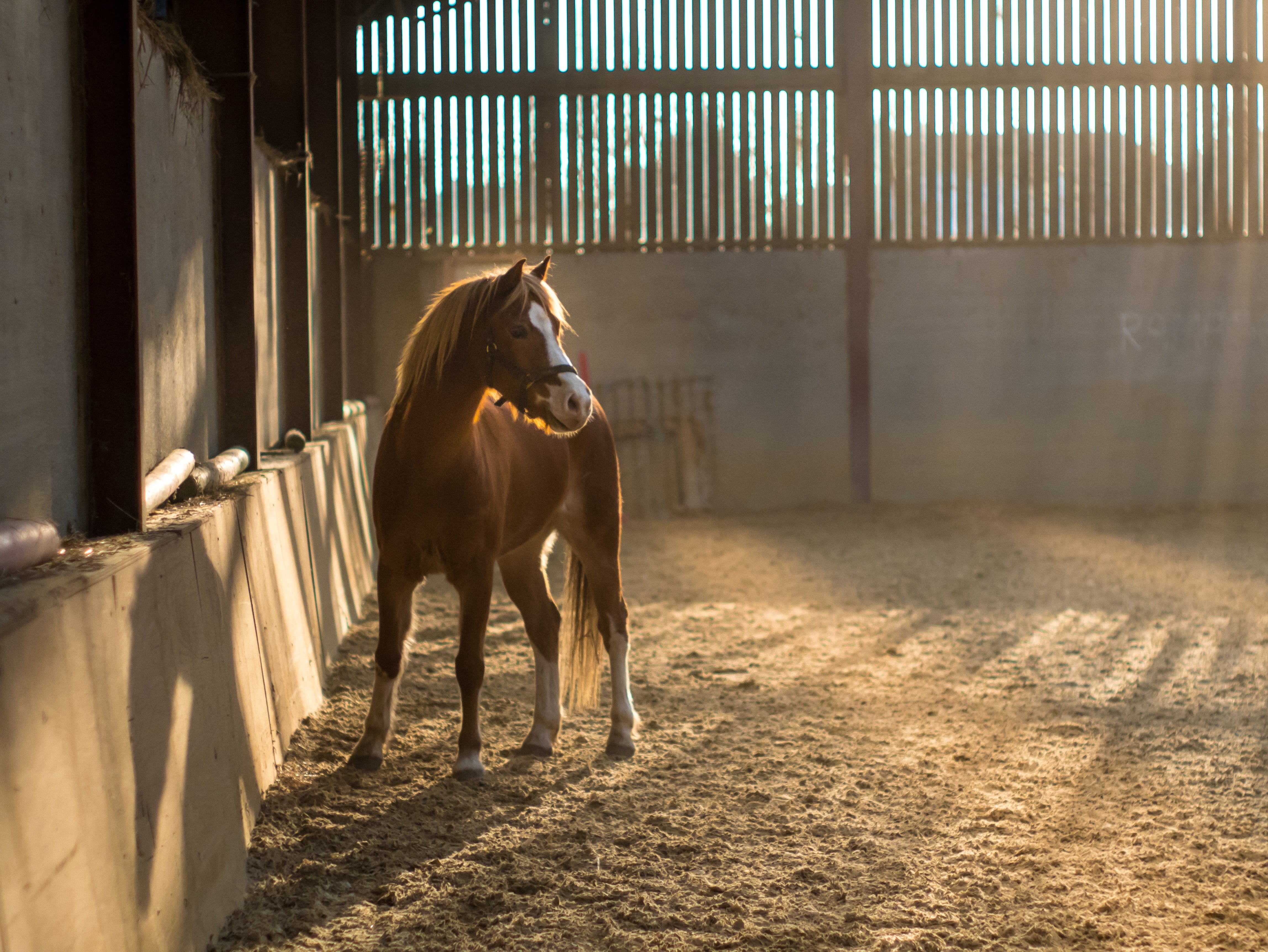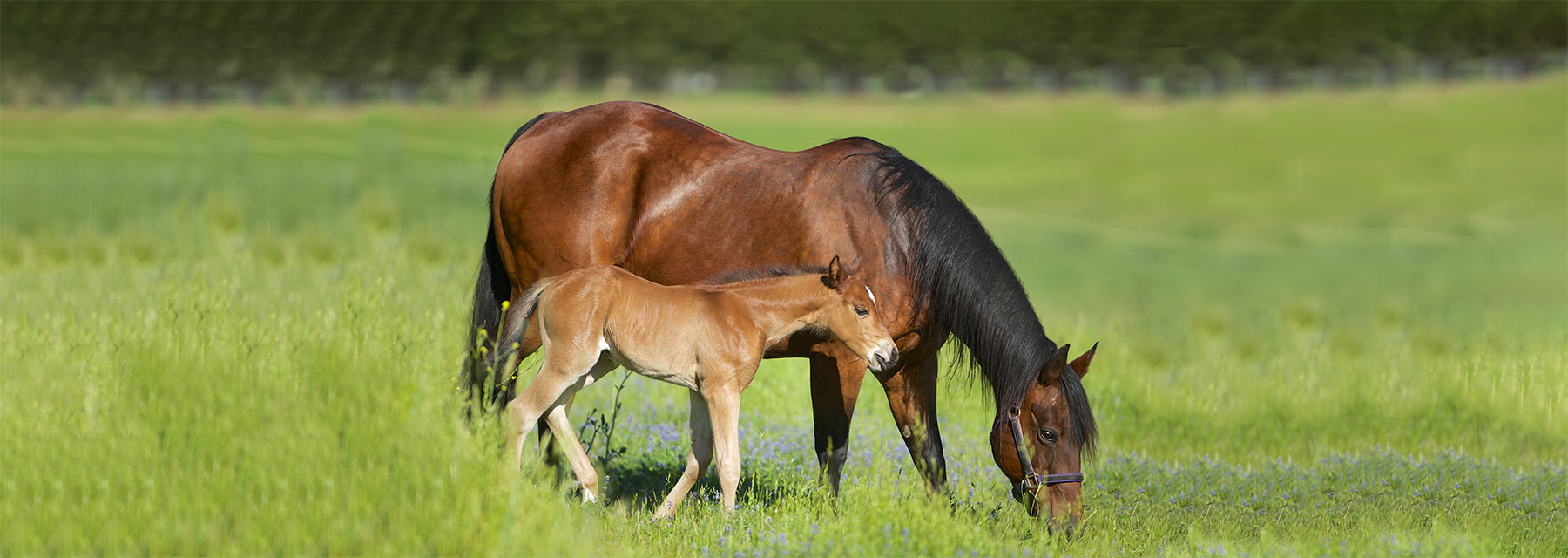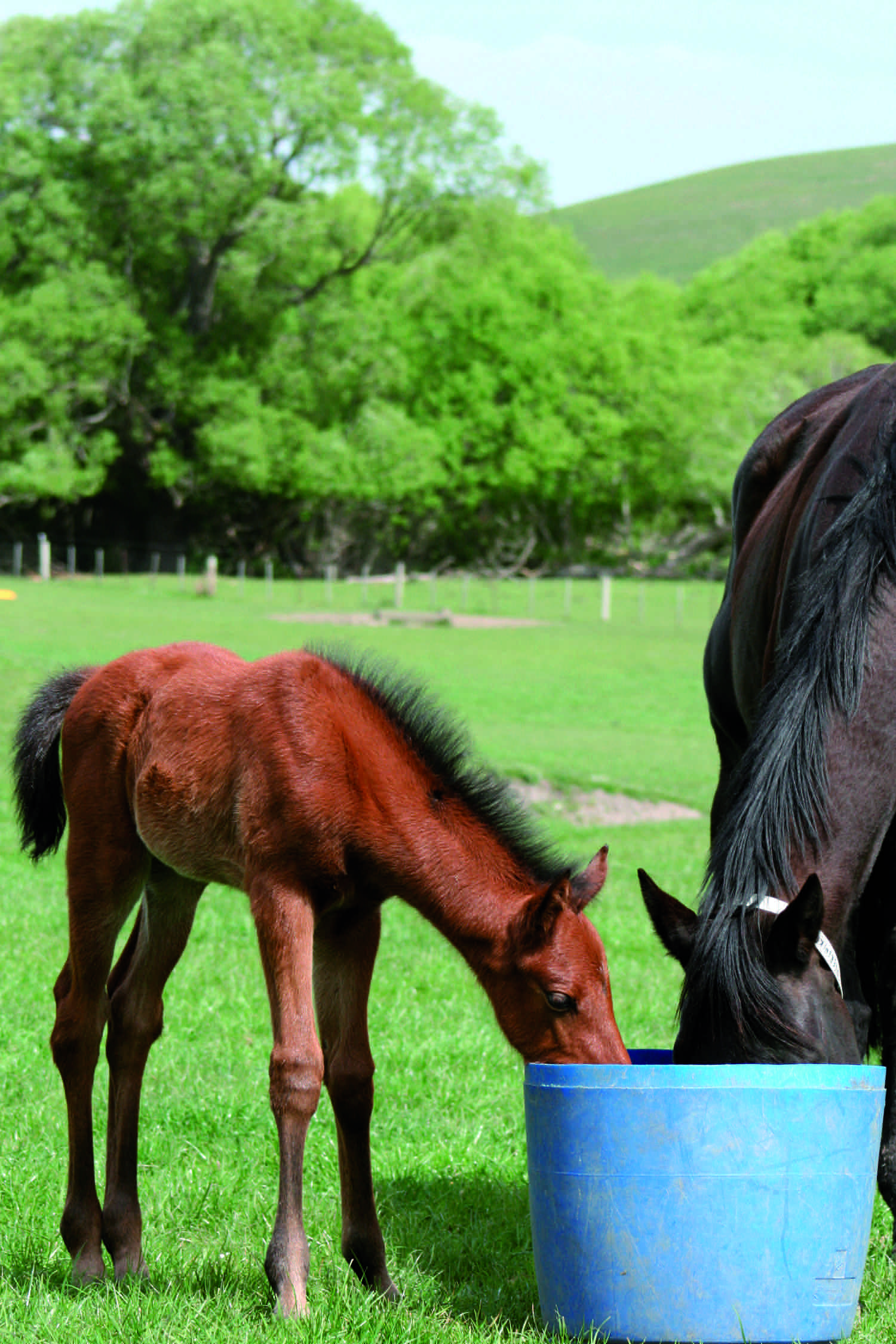Weaning is a crucial stage in a horse’s life, marking the transition from dependency on its mother’s milk to being able to thrive on its own. The decision of when to wean a horse is a significant one, as it can impact the horse’s physical and emotional well-being. In this article, we will explore the factors to consider when deciding when to wean horses and provide guidance for horse owners and breeders.
Understanding the Weaning Process

Weaning is the process of gradually separating a foal from its mother and transitioning it to a diet of solid food. This typically occurs when the foal is around 4 to 6 months old, although the exact timing can vary depending on various factors. It is essential to understand the natural weaning process in horses to make informed decisions about when to wean.
Physical Readiness
One of the primary considerations when deciding when to wean a foal is its physical readiness. At around 4 to 6 months of age, foals start to develop their teeth, enabling them to consume and digest solid food more effectively. Additionally, their digestive systems mature, allowing them to process a diet that is less reliant on milk.
Emotional Readiness
In addition to physical readiness, emotional readiness is a crucial aspect of the weaning process. Foals form strong bonds with their mothers, and weaning can be a stressful experience for both the foal and the mare. It is essential to observe the foal’s behavior and ensure that it is emotionally mature enough to handle the separation from its mother.
Health Considerations
The health of the mare and the foal is another critical factor to consider when determining the appropriate time to wean. The mare’s nutritional needs may change after weaning, and it is essential to ensure that she receives adequate care during this transition. Additionally, the foal should be in good health and free from any underlying medical issues before weaning.
Factors Influencing the Timing of Weaning

Several factors can influence the timing of weaning, and it is essential to consider each of these factors to determine the most suitable time to separate the foal from its mother.
Mare’s Condition
The mare’s condition plays a significant role in the weaning process. If the mare is in poor health or is unable to provide adequate nutrition for the foal, it may be necessary to wean the foal earlier than usual. Conversely, if the mare is in excellent health and can continue to provide nutritional support, weaning may be delayed.
Feeding Practices
The feeding practices on the farm or stable can also influence the timing of weaning. If the foal has access to high-quality forage and concentrates, it may be ready for weaning earlier than a foal that relies solely on its mother’s milk. Evaluating the foal’s nutritional needs and the available feeding resources is crucial in determining the timing of weaning.
Behavioral Observations
Observing the foal’s behavior can provide valuable insights into its readiness for weaning. A foal that is confidently exploring its environment, interacting with other horses, and showing less dependency on its mother may be emotionally prepared for weaning. Conversely, a foal that exhibits signs of distress or anxiety at the thought of separation may need more time before being weaned.
Management Practices
The management practices on the farm or stable, such as available space and resources, can also impact the timing of weaning. It is essential to consider the facilities and support available for both the mare and the foal during and after the weaning process.
Best Practices for Weaning Horses

When the decision to wean has been made, it is essential to follow best practices to ensure a smooth transition for both the mare and the foal. Proper planning and management can help minimize stress and ensure the well-being of the horses involved.
Gradual Weaning
Gradual weaning is often recommended to ease the transition for both the mare and the foal. This involves gradually reducing the foal’s access to the mare’s milk while increasing its consumption of solid food. This approach allows the foal’s digestive system to adjust gradually and helps prevent abrupt stress and malnutrition.
Separation Techniques
When separating the mare and foal, it is important to consider the best techniques to minimize stress. Providing visual and auditory contact between the mare and foal, such as through adjacent paddocks or stable partitions, can help ease the emotional impact of separation.
Support for Mare and Foal
Both the mare and the foal require support during the weaning process. Ensuring that the mare receives adequate nutrition and care after separation is crucial for her health and well-being. Additionally, providing companionship and social interaction for the foal can help mitigate the emotional challenges of weaning.
Monitoring and Adjustment
Continuous monitoring of the mare and foal after weaning is essential to address any potential issues that may arise. Observing their behavior, nutritional intake, and overall well-being can help identify and address any concerns promptly.
Curious about horses and their care? If you’re wondering when to wean horses, you might also be interested in learning about the history of horseback riding, horse shedding patterns, and the origins of Friesian horses. Explore the fascinating world of equine knowledge!
Conclusion

Weaning is a significant milestone in a horse’s life, and the timing of this process can have a lasting impact on the physical and emotional well-being of both the mare and the foal. By considering factors such as physical readiness, emotional maturity, and health considerations, horse owners and breeders can make informed decisions about when to wean their horses. Following best practices for weaning and providing appropriate support for the mare and foal can help ensure a smooth transition and set the stage for the foal’s future development.



